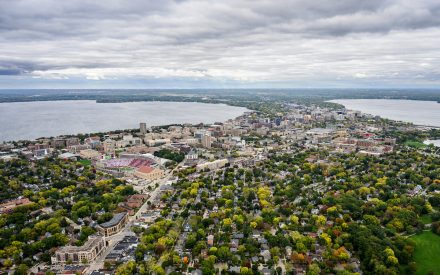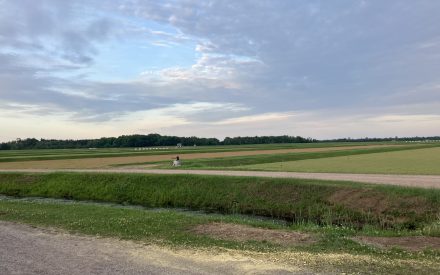(Image Source: Mark Paton / Unsplash)
March 2023
The Bureau of Labor Statistics recently released a report on the different ways in which the COVID-19 pandemic affected spending among rural and urban U.S. residents.
As we all recall, restrictions on gathering in public places affected the restaurant industry. As a result, spending on food away from home decreased in both urban and rural areas, by 32.0% and 44.9%, respectively, when comparing 2019 and 2020. We collectively stripped grocery shelves clean in many communities, so it is no surprise that spending on food at home increased by 7.5% in urban areas during the same time period. It is, however, surprising to some that spending on food at home actually decreased in rural areas by 7.8%.
Gas prices plummeted as demand dried up. Residents of both urban and rural areas drove fewer miles in 2020 than they did in 2019. On average, urban residents purchases 67 fewer gallons and rural residents purchased 17 fewer gallons.
One category in particular, medical services, throws the differences between rural and urban spending during the first year of the pandemic into sharp relief. Sara Hylton, an economist at The Bureau of Labor Statistics, reports that “Consumers in rural areas increased their spending on medical services by 26.2% from 2019 to 2020, while spending in urban areas decreased by 14.9% over the same period,” (emphasis Econ Quiz). Increased spending on medical supplies, specifically hearing aids, drove much of the difference in expenditures.
That brings us to today’s Econ Quiz question. When we exclude hearing aids from rural spending on medical services, we observe an increase of 18.2% from 2019 to 2020. When we include hearing aids, the increase is larger. Including hearing aids, how much did spending on medical services increase for rural residents from 2019 to 2020?
A. 25.6%
B. 32.0%
C. 68.3%
D. 45.7%
E. 10.1%
ANSWERS
Answer C. It’s not a typo. When we include hearing aid expenditures, overall spending on medical services for rural U.S. residents increased by 68.3% from 2019 to 2020.















